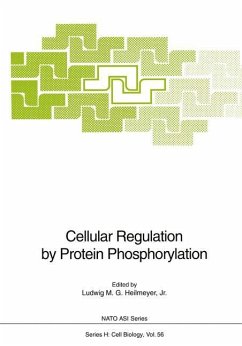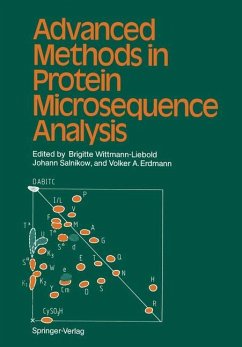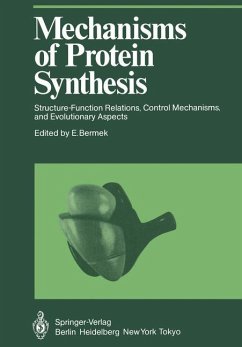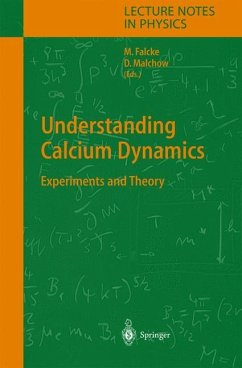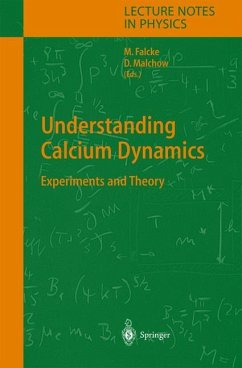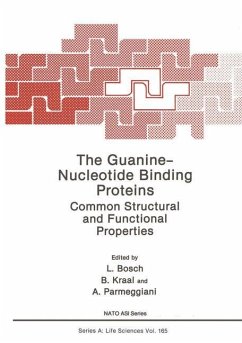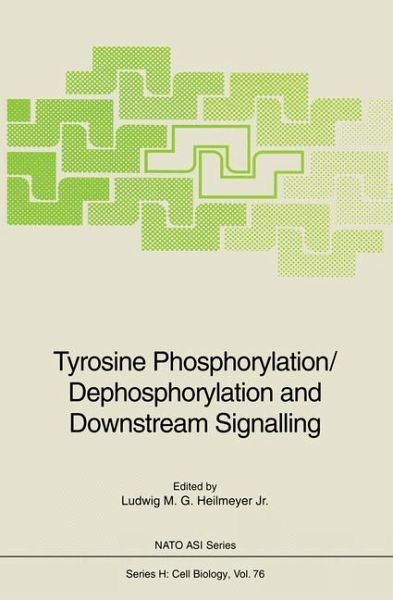
Tyrosine Phosphorylation/Dephosphorylation and Downstream Signalling

PAYBACK Punkte
39 °P sammeln!
Nearly every cellular activity, such as cell growth,proliferation, protein synthesis, and nuclear division, isregulated by protein phosphorylation/dephosphorylation ontyrosine residues as initiation events.Synchronizationoccurs through interaction of protein tyrosine kinases andphosphatases.This book unveils signal pathways that connectextracellular signals with changes of phosphorylation stateof target proteins allowing coordinated and integratedmodulation of mitogenic signalling. Specifically, cascadesinvolving protein serine/threonine kinases and connectionsto phosphoinositides derived seco...
Nearly every cellular activity, such as cell growth,
proliferation, protein synthesis, and nuclear division, is
regulated by protein phosphorylation/dephosphorylation on
tyrosine residues as initiation events.Synchronization
occurs through interaction of protein tyrosine kinases and
phosphatases.
This book unveils signal pathways that connect
extracellular signals with changes of phosphorylation state
of target proteins allowing coordinated and integrated
modulation of mitogenic signalling. Specifically, cascades
involving protein serine/threonine kinases and connections
to phosphoinositides derived second messengers are
discussed.
proliferation, protein synthesis, and nuclear division, is
regulated by protein phosphorylation/dephosphorylation on
tyrosine residues as initiation events.Synchronization
occurs through interaction of protein tyrosine kinases and
phosphatases.
This book unveils signal pathways that connect
extracellular signals with changes of phosphorylation state
of target proteins allowing coordinated and integrated
modulation of mitogenic signalling. Specifically, cascades
involving protein serine/threonine kinases and connections
to phosphoinositides derived second messengers are
discussed.





